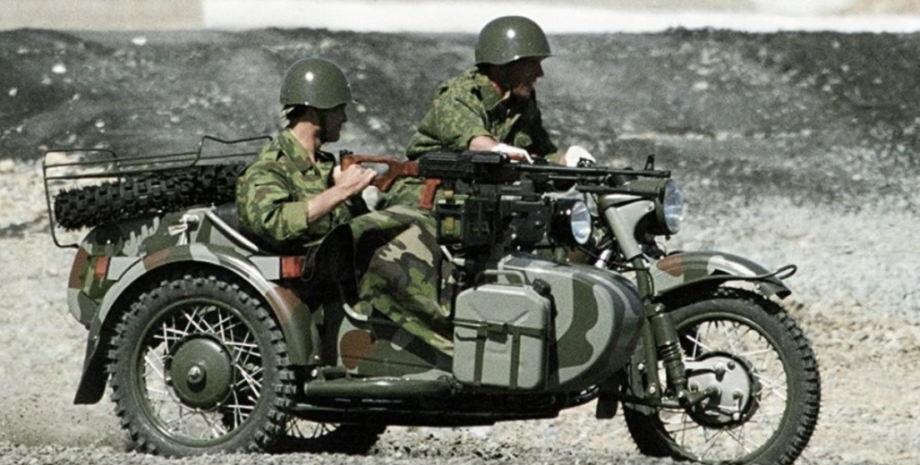
 By Eliza Popova
By Eliza Popova
The "evolutionary" tactics of the enemy are referred to in Frontelligence. Experts say that due to the accelerated depletion of armored vehicles of the Armed Forces of the Russian Federation began to rely more on small tactical units. Experts point out that despite the crazy loss of personnel in motorcycle storms there are advantages. It is cheap transport unlike armored vehicles, it is mobile, and its low silhouette allows you to slip past obstacles and avoid detection.
The motorcycle can also be hidden in a small room, and it can be almost not heard if it is on electricity. And a motorcycle can also reach a position faster than, for example, BMP, reducing the time to reaction of FPV operators. This technique also allows you to carry heavier weapons - PTRC, grenade launchers or other support tools - along the flanks, giving fast and flexible fire support where it is most needed. The structure of the motorcycle assault group may vary.
In total, it consists of 6 to 8 motorcycles, from 1 to 2 "riders" on each. The total number of such a group can count from 6 to 16 occupiers. At least one motorcycle in the group is equipped with a system of detection of drones that scans the area for FPV. The group can also have 1-2 rebves. Motorcycle groups can also evacuate the wounded and bring the BC, provision and even send the infantry, as it was in the fight for Kurakhovo.
Experts believe that Russia cannot produce motorcycles for the Armed Forces of the Russian Federation in sufficient quantities. Most motorcycles deployed on the front are foreign production, mostly from China. Although the Russian defense sector developed motorcycles before the war, it still cannot meet the needs of the front.
Experts say that despite the fact that motorcycles are more maneuvering than traditional armored vehicles, "riders" remain vulnerable to drones and debris from artillery fire. "Reviews from all over the front have found two steady trends: either motorcycle attacks do not produce significant results, or success is achieved at a high price when only one of several groups survives to complete the task.
They consider the tactics of motorcycle "dragoons" to be, but they are sure that it is unlikely to become revolutionary. Experts point out that their use is likely to grow as a response to the current dynamics of combat. The internal documents of the Ministry of Defense of Russia show that motorcycles and Bagi will become a standard part of the structure of assault units. "If this is true, it signals the stable accent of Russians on tactical mobility," experts summarize.


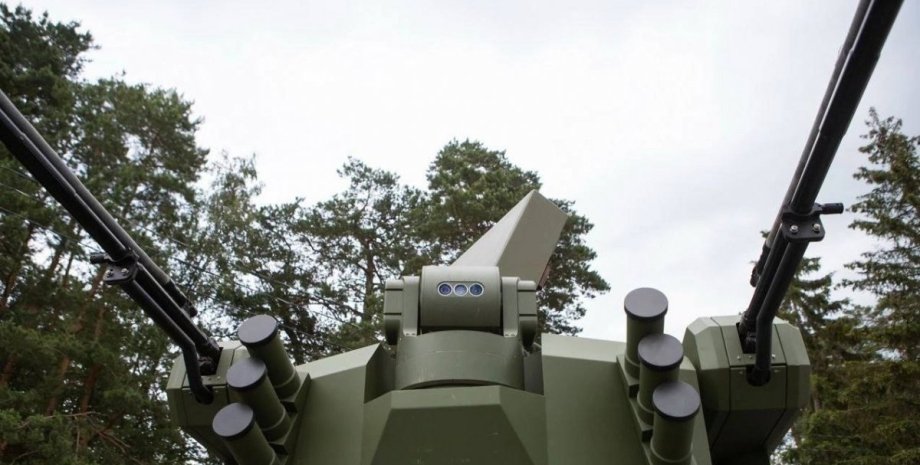
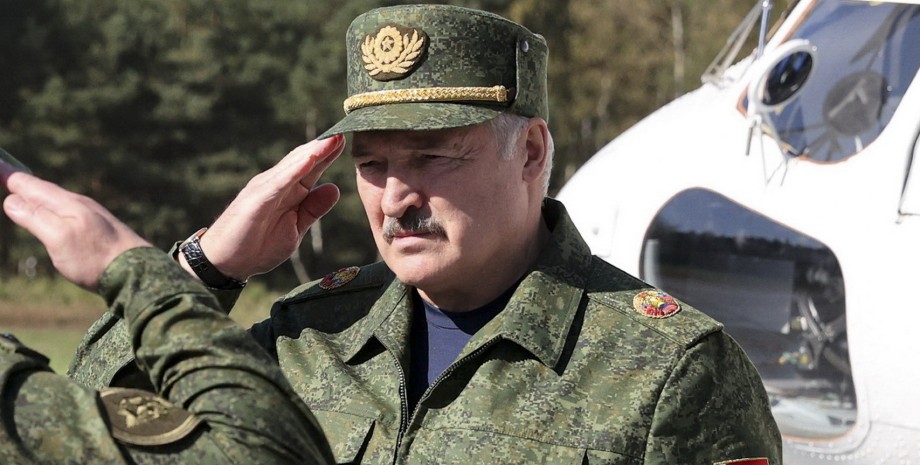
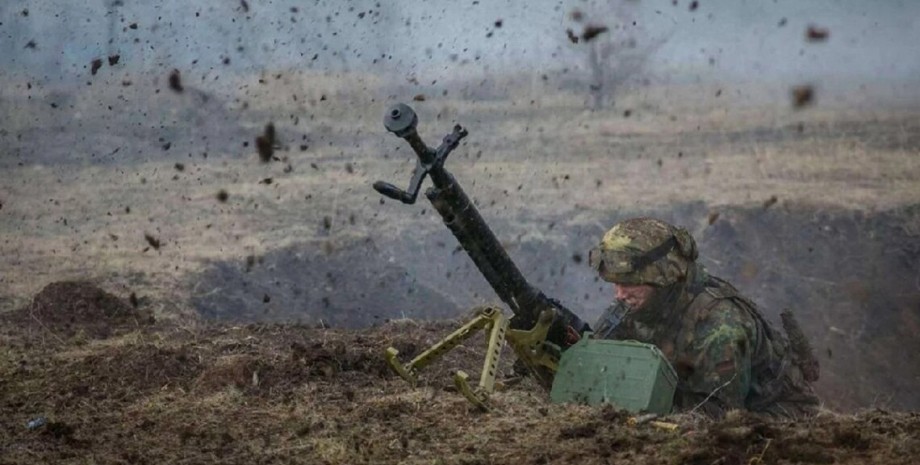

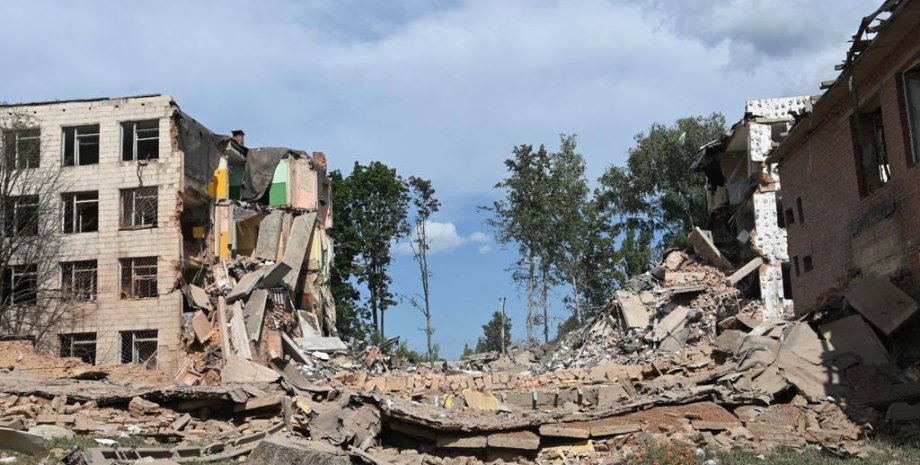

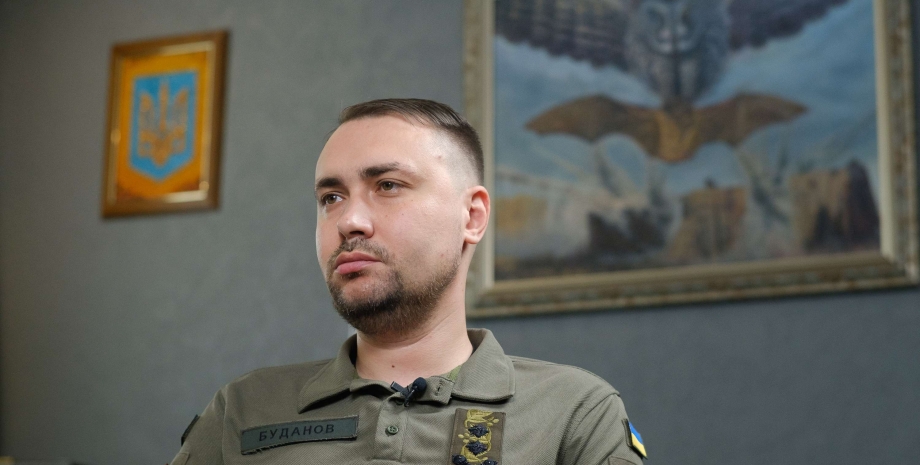
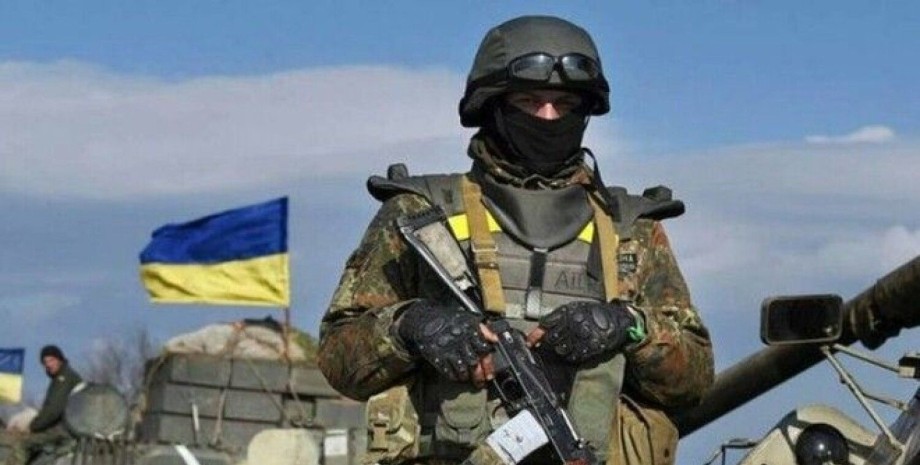
All rights reserved IN-Ukraine.info - 2022